Package reliability and qualification continues to evolve with the electronics industry. New electronics applications require new approaches to reliability and qualification. In the past, reliability meant discovering, characterizing and modeling failure mechanisms and determining their impact on the reliability of the circuit. Today, reliability can involve tradeoffs between performance and reliability, assessing the impact of new materials, dealing with limited margins, etc. in particular, the proliferation of new package types. This requires information on subjects like: statistics, testing, technology, processing, materials science, chemistry, and customer expectations. While customers expect high reliability levels, incorrect testing, calculations, and qualification procedures can severely impact reliability. Your company needs competent engineers and scientists to help solve these problems. Semiconductor Reliability and Product Qualification is an online course that offers detailed instruction on a variety of subjects pertaining to semiconductor reliability and qualification. This course is designed for every manager, engineer, and technician concerned with reliability in the semiconductor field, qualifying semiconductor components, or supplying tools to the industry.
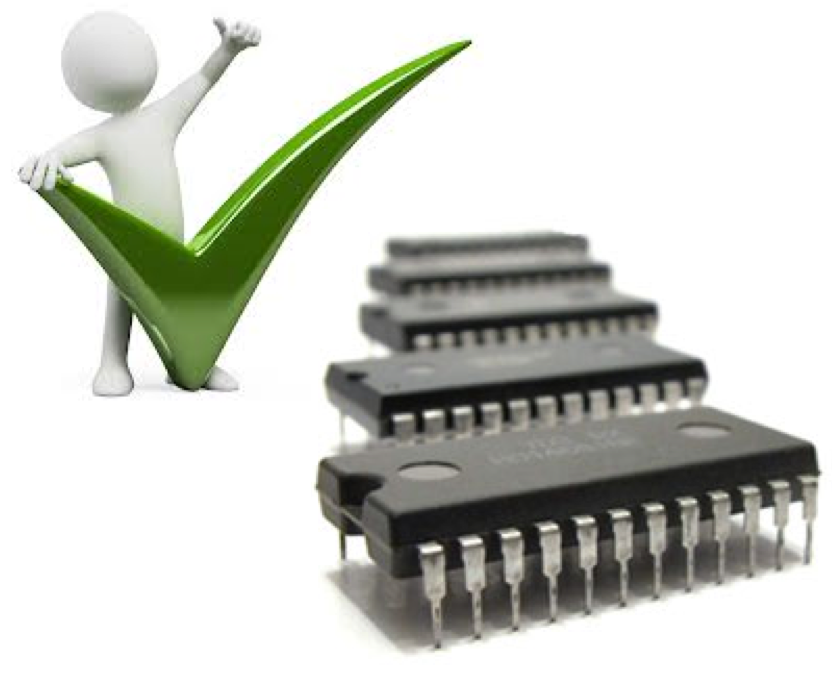
 Package reliability and qualification continues to evolve with the
electronics industry. New electronics applications require new
approaches to reliability and qualification. In the past, reliability
meant discovering, characterizing and modeling failure mechanisms and
determining their impact on the reliability of the circuit. Today,
reliability can involve tradeoffs between performance and reliability,
assessing the impact of new materials, dealing with limited margins, the
proliferation of new package types, etc. This requires information on
subjects like: statistics, testing, technology, processing, materials
science, chemistry, and customer expectations. While customers expect
high reliability levels, incorrect assumptions, testing, calculations,
and qualification procedures can severely impact reliability. Your
company needs competent engineers and scientists to help solve these
problems.
Package reliability and qualification continues to evolve with the
electronics industry. New electronics applications require new
approaches to reliability and qualification. In the past, reliability
meant discovering, characterizing and modeling failure mechanisms and
determining their impact on the reliability of the circuit. Today,
reliability can involve tradeoffs between performance and reliability,
assessing the impact of new materials, dealing with limited margins, the
proliferation of new package types, etc. This requires information on
subjects like: statistics, testing, technology, processing, materials
science, chemistry, and customer expectations. While customers expect
high reliability levels, incorrect assumptions, testing, calculations,
and qualification procedures can severely impact reliability. Your
company needs competent engineers and scientists to help solve these
problems.
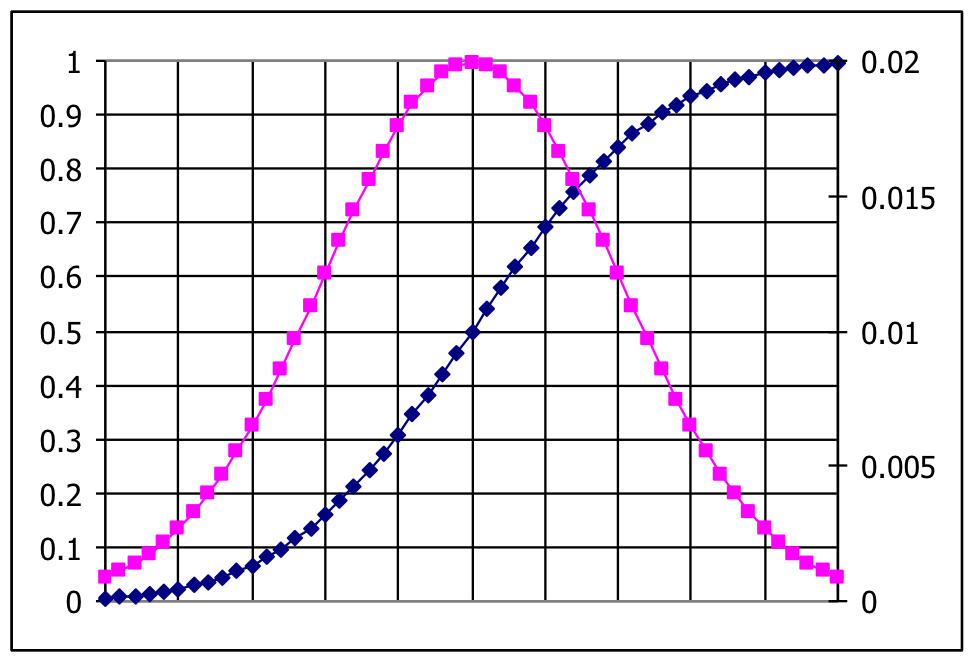
 In order to
successfully qualify new products, the product engineer needs to
understand the basics of reliability. He or she needs to understand
what we mean by reliability, and the basic equations used to calculate
reliability. He or she also needs to understand how we calculate
reliability values using statistics and distributions, and how the
sample size, and acceleration factors into the calculations. We discuss
the four main distribution types: Exponential, Weibull, Normal, and
Lognormal. We discuss how to take the results of an accelerated stress
test and transform it into data that can be used to help predict
reliability related to a failure mechanism.
In order to
successfully qualify new products, the product engineer needs to
understand the basics of reliability. He or she needs to understand
what we mean by reliability, and the basic equations used to calculate
reliability. He or she also needs to understand how we calculate
reliability values using statistics and distributions, and how the
sample size, and acceleration factors into the calculations. We discuss
the four main distribution types: Exponential, Weibull, Normal, and
Lognormal. We discuss how to take the results of an accelerated stress
test and transform it into data that can be used to help predict
reliability related to a failure mechanism.
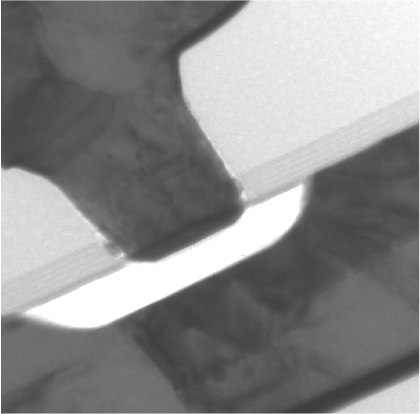
 In
order to determine the overall reliability of the product, the product
engineer needs to understand the basic failure mechanisms that can
affect the semiconductor device. In this segment we cover both the die
and package level failure mechanisms. At the die level they include:
Time Dependent Dielectric Breakdown (TDDB), Hot Carrier Injection (HCI),
Negative Bias Temperature Instability (NBTI), Positive Bias Temperature
Instability (PBTI), Electromigration (EM), Stress Voiding or Stress
Migration, and Mobile Ions. At the package level they include:
Moisture and Corrosion, Thermo-Mechanical Stress, and Thermal
Degradation
In
order to determine the overall reliability of the product, the product
engineer needs to understand the basic failure mechanisms that can
affect the semiconductor device. In this segment we cover both the die
and package level failure mechanisms. At the die level they include:
Time Dependent Dielectric Breakdown (TDDB), Hot Carrier Injection (HCI),
Negative Bias Temperature Instability (NBTI), Positive Bias Temperature
Instability (PBTI), Electromigration (EM), Stress Voiding or Stress
Migration, and Mobile Ions. At the package level they include:
Moisture and Corrosion, Thermo-Mechanical Stress, and Thermal
Degradation
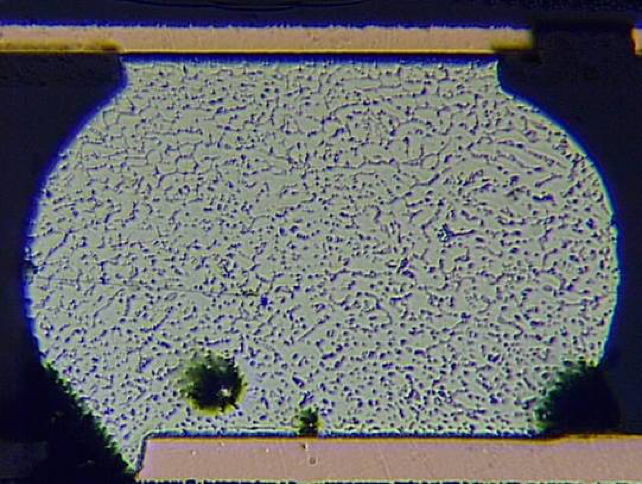
 In addition
to reliability issues with the chip itself, the product engineer needs
to be aware of reliability issues that can occur when the chip is placed
in the customer's application. This means we need to understand how
the interaction of the package and the customer's printed circuit board
(PCB) affects the overall reliability. A big part of this interaction
is solder joint reliability. This interaction also involves underfills,
and the chip substrate (in some instances). Another part of system
reliability is understanding how the chip will interact in the system
when it is subjected to electrical stress. We discuss Electrical
Overstress (EOS), Electrostatic Discharge (ESD), Latch-up, and
Snapback. We also discuss radiation effects and how they can cause
system failures.
In addition
to reliability issues with the chip itself, the product engineer needs
to be aware of reliability issues that can occur when the chip is placed
in the customer's application. This means we need to understand how
the interaction of the package and the customer's printed circuit board
(PCB) affects the overall reliability. A big part of this interaction
is solder joint reliability. This interaction also involves underfills,
and the chip substrate (in some instances). Another part of system
reliability is understanding how the chip will interact in the system
when it is subjected to electrical stress. We discuss Electrical
Overstress (EOS), Electrostatic Discharge (ESD), Latch-up, and
Snapback. We also discuss radiation effects and how they can cause
system failures.
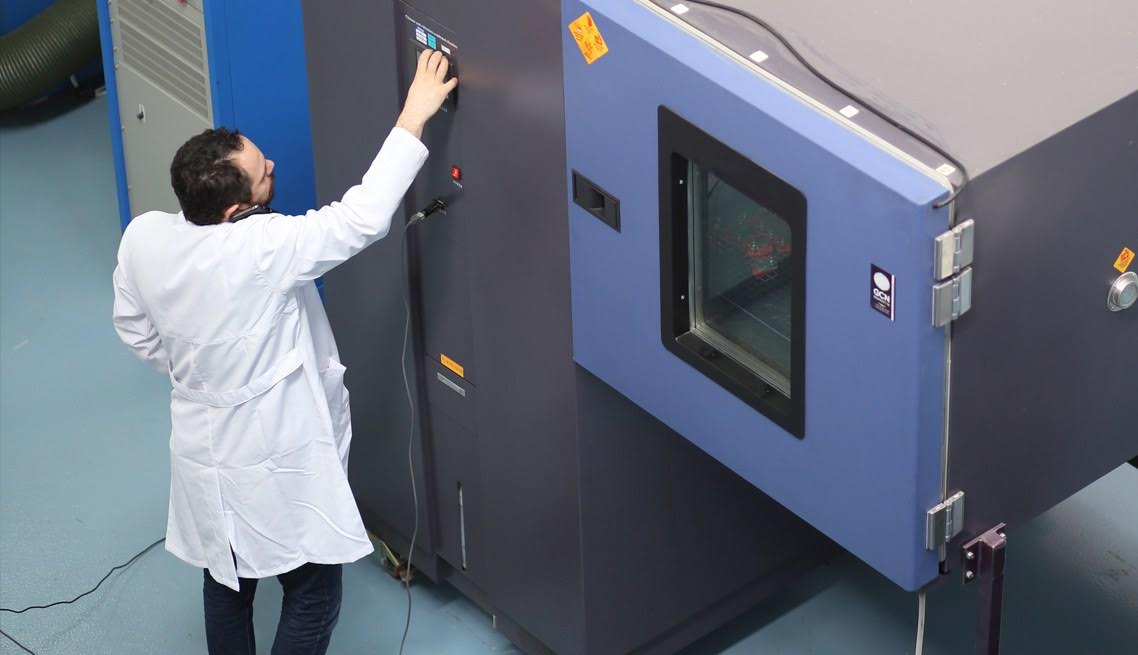
 The
final segment of the Product Qualification process are the
qualification tests themselves. In this section we'll discuss the basic
concepts behind the Product Qualification tests. This includes Wafer
Level Reliability Testing (the test structures and the test equipment)
and the Package Level tests. We then discuss the major Qualification
processes, including the military approach in MIL-STD 883, the JEDEC
approach in JEDEC Standard 47 (JESD-47), and the automotive approach in
AEC-Q100. Finally, we discuss the JEDEC tests themselves and what they
are designed to look for.
The
final segment of the Product Qualification process are the
qualification tests themselves. In this section we'll discuss the basic
concepts behind the Product Qualification tests. This includes Wafer
Level Reliability Testing (the test structures and the test equipment)
and the Package Level tests. We then discuss the major Qualification
processes, including the military approach in MIL-STD 883, the JEDEC
approach in JEDEC Standard 47 (JESD-47), and the automotive approach in
AEC-Q100. Finally, we discuss the JEDEC tests themselves and what they
are designed to look for.
